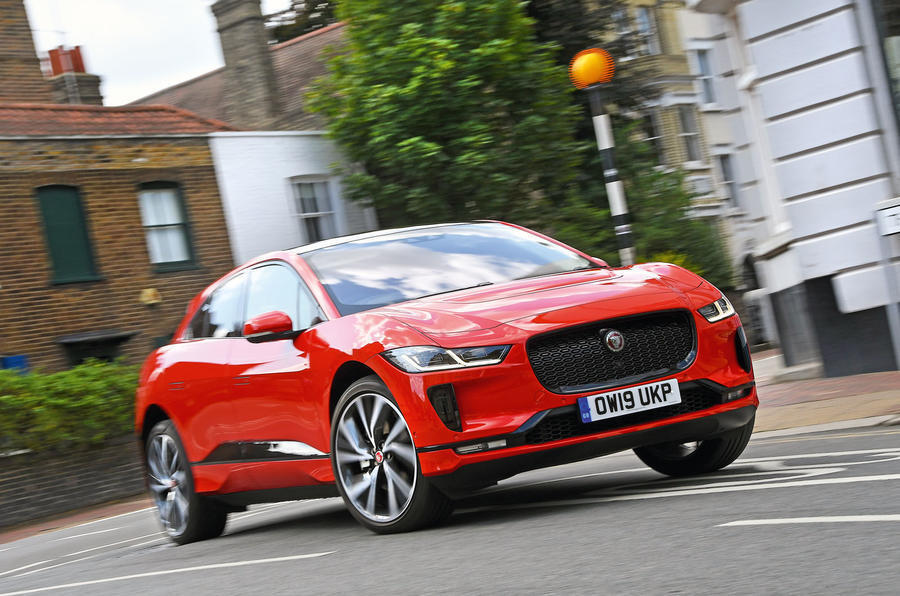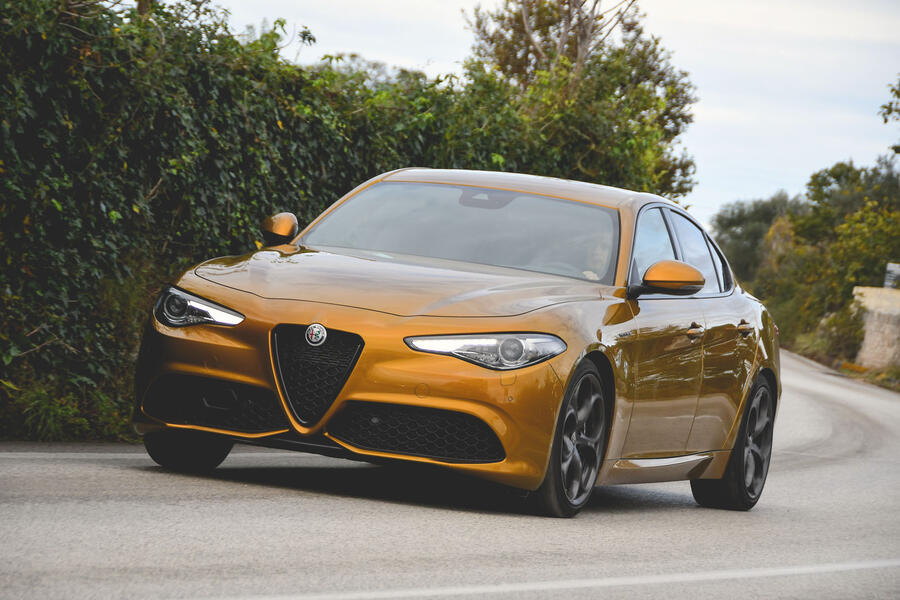So you have a globally famous brand of six nameplates that saw its sales just creep over 100,000 units in 2020 - admittedly a spectacularly difficult year. This problem is complex.
Your two saloon models achieved combined sales of around 28,000 and half of those look to have been in China. The E-Pace and F-Pace suffered big sales declines in 2020 but are at least sibling cars to Land Rover and Range Rover models. But two SUVs do not add up to a viable brand.
Moreover, Jaguar Land Rover (JLR) bosses have already announced that the product development budget will be shrunk in the future, making investment in new Jaguar models even harder to justify. On top of that, you have a dealer network that has invested in expensive new showrooms and probably has expectations of a wide-ranging offering, at least as big as today’s 13-model JLR line-up.
Will the new JLR chief executive sink hundreds of millions into another round of Jaguar saloon models when the current two have sold so poorly? And if Jaguar isn’t mostly about saloons, what exactly is it for?
An all-electric brand could have been an idea, but the admirable I-Pace shifted only around 17,000 units in a year when EV sales jumped – another great Jaguar selling in volumes that are frustrating small.

Here’s another issue. JLR’s main Solihull plant is probably at capacity, especially with the new MLA-based Range Rovers on the way. Halewood might now have room for the E-Pace to be relocated from Austria, so where, and how, could you build new Jaguars in guaranteed profit-making or - at least break-even - volumes?
So here’s an idea recently suggested to me by an auto industry consultant. Keeping Jaguar alive while keeping investment to a minimum would mean a partnership. And where better than Alfa Romeo?
There’s no doubt the Giulia platform is first-rate. Jaguar could reskin, re-interior and retune the two base Alfa models. A Giulia-sized Jaguar to replace the XE and XF could make financial sense and would be a very effective way of serving the dealer network. Of course, at this point, the purists will cry that an Italian Jaguar just wouldn’t be a proper Jaguar.
But this would be rather different from reworking the Mk1 Ford Mondeo into a Jaguar. That car's sales peaked at just 50,000 units per year. In a bigger premium market, the decidedly ‘real’ Jaguar XE peaked at around 46,000 units.
To me, that suggests there’s an annual global market of around 50,000 for a beautiful, fast, agile Jaguar saloon. Would it suffer from being an Alfa Romeo sibling model? I would doubt it.

Add your comment